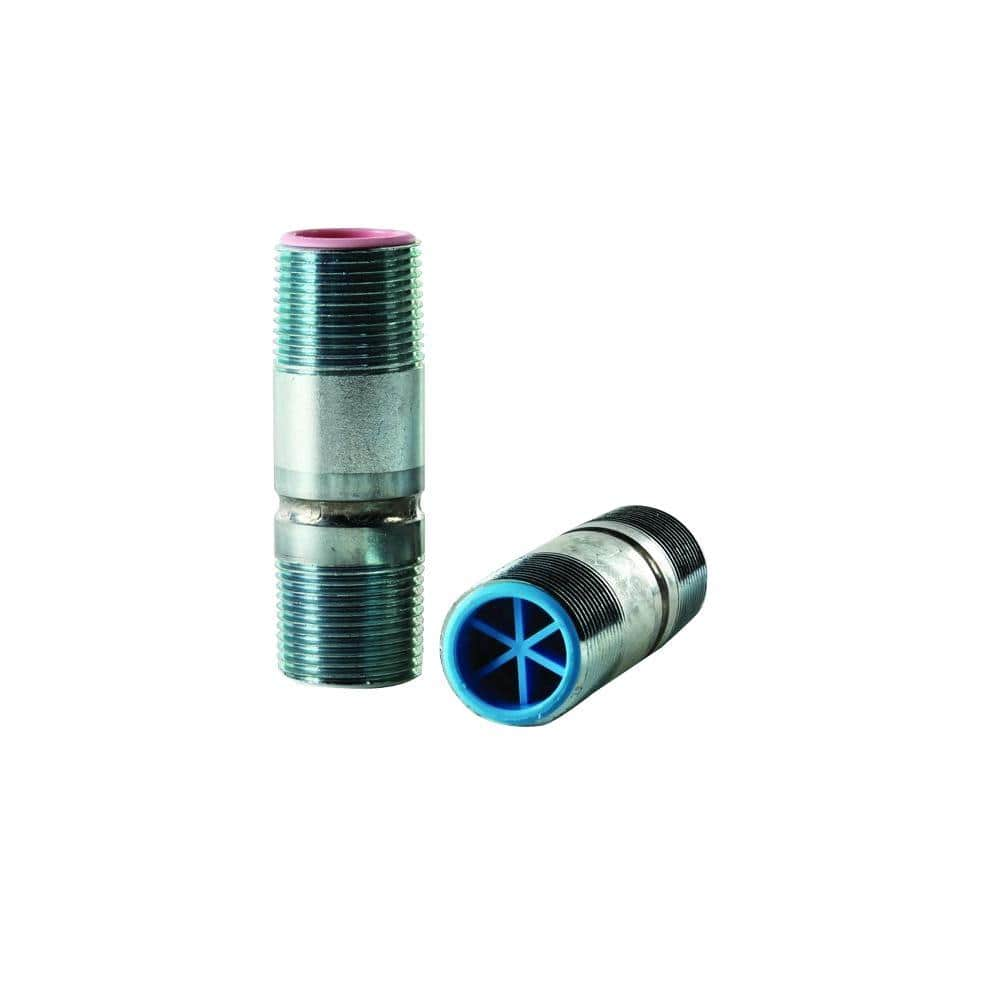Good afternoon,
I just installed a Superstor SSU-45N, and it is bottom fed unlike my old one which was top fed. I’m getting a lot of convection coming back up the cold water line, and I’m wondering if you need a heat trap on a bottom fed, or is there some expected loss as a result of its design? Didn’t know if I could also use a check valve to prevent the backflow but not sure how that would interrupt the vacuum breaker. I would imagine that would nullify it. Photo of the installation attached, any input is appreciated! Don’t mind the shark bite 90, the supply house was out of the PEX to copper ones. Ordered one online and will replace once it gets here. Still have to run the overflow drain hose as well.
Thanks and open to any feedback on the install as well!

Edit - Spelling
I just installed a Superstor SSU-45N, and it is bottom fed unlike my old one which was top fed. I’m getting a lot of convection coming back up the cold water line, and I’m wondering if you need a heat trap on a bottom fed, or is there some expected loss as a result of its design? Didn’t know if I could also use a check valve to prevent the backflow but not sure how that would interrupt the vacuum breaker. I would imagine that would nullify it. Photo of the installation attached, any input is appreciated! Don’t mind the shark bite 90, the supply house was out of the PEX to copper ones. Ordered one online and will replace once it gets here. Still have to run the overflow drain hose as well.
Thanks and open to any feedback on the install as well!
Edit - Spelling
Last edited:

